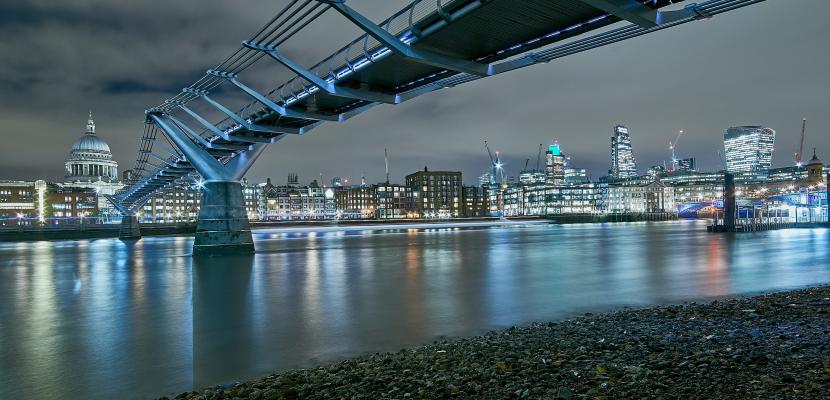
Bouwhub - smart building logistics

About this good practice
In 2015, Volker Wessels started a logistical hub for all the building projects in the region Utrecht. The aim was to limit the CO2-imprint of the logistics.The hub is situated at the edge of town and takes in materials in for the outfitting phase; tiling, pipe fittings, drywall, for several project, repackages the materials to fit the daily needs for each of the projects in the area it services.
The hub limits traffic into the projects, collates the deliveries, lowers the amount of deliveries. Planning the daily work, subcontractors are provided with necessary materials on site. Every round of deliveries leads to the possibility of to get rid of waste and the possibility to collect materials for reuse.
The hub requires space for loading and unloading, enough space tor storage and security. The hub stores building materials, tools and other materials like fence and security materials. The area was created in collaboration with local policy makers.
Benefits:
1. Efficiency of movement – less pollution by big trucks in inner city area’s
2. Efficiency of labour – lowering the costs of searching for materials
3. Shorter lead times, less delays in projects, freeing up materials: scaffolding
4. Safety, due to less materials in the building area
5. Reduction of waste, on site and in the supply chain
6. (Potential) reuse of materials
Waste materials are collected and separated in waste and potential reuse materials. This leads to reuse of material but also furniture from wood waste.
Expert opinion
Resources needed
Bouwhub has become profitable in 2018. Before, the lead time and underutilisation led to a loss. The hub provides services to Volker Wessels and other companies. The value proposition is that it helps cities meet their climate quality standards, for the building companies it leads to higher profits
Evidence of success
Reduction of waste: 30%
Reduction of building traffic movements in inner city area’s to 60%
Reuse of packaging material: 50%
Reuse of waste, reuse of leftover building materials: 15% materials recovered is reused
Building area safety
Traffic safety in inner city areas; less trucks in the city centre, efficiency of truck movement through the area
Potential for learning or transfer
Lowering the environmental impact of building is very important. Only in the Netherlands building accounts for 9 billion kilometers of traffic yearly. Depending on the level of automation in the sector, IT already makes a lot of the necessary pull planning possible. The hub has been managed as an enterprise, and that makes the hub viable as a business case, this is necessary to make sure a company hub for a city area will create enough economies of scale.
The company has developed the business model as a white label entity, making it scalable and reproduceable. The use of any hub will benefit the company, so sharing, or making sure every greater city area that belongs to the working area of the builder has a hub, will be beneficial.
As the building sector is both globalized and specifically regional, it is hard to determine how the concept can be rolled out on a European level. The issues met in the Netherlands are not much different those in other European countries.
